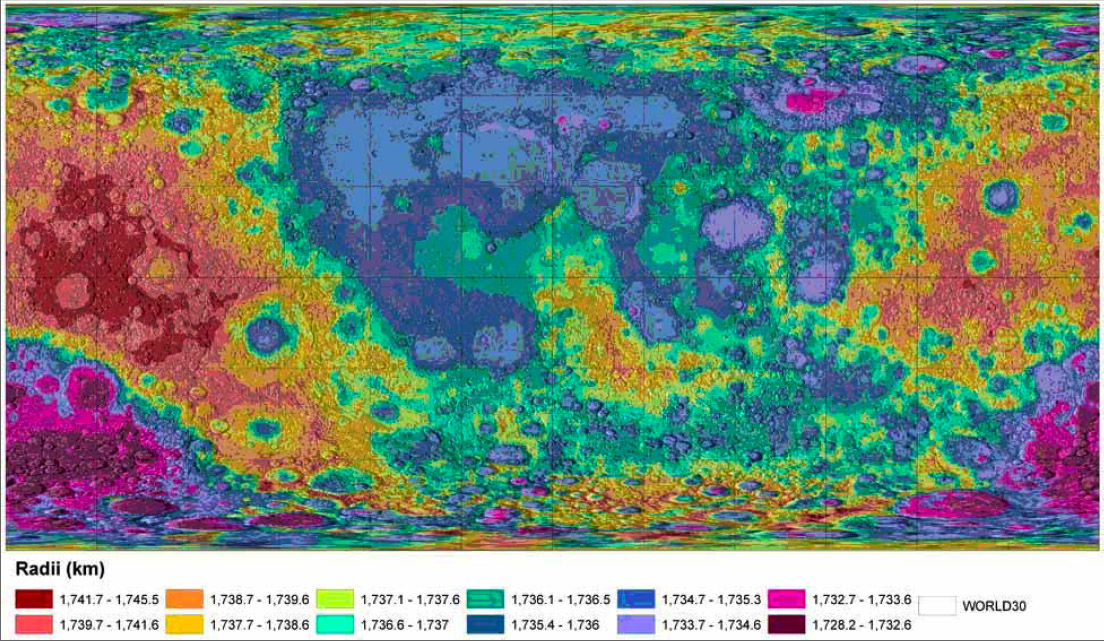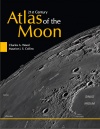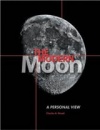|
|
| (3 intermediate revisions by the same user not shown) |
| Line 1: |
Line 1: |
| | __NOTOC__ | | __NOTOC__ |
| | =Colorful Topo= | | =Colorful Topo= |
| | + | <!-- Start of content --> |
| | <div class="post" id="post-1466"> | | <div class="post" id="post-1466"> |
| | | | |
| Line 6: |
Line 7: |
| | <p>[[File:LunarTopo-Plescia.jpg|LunarTopo-Plescia.jpg]]<br /> | | <p>[[File:LunarTopo-Plescia.jpg|LunarTopo-Plescia.jpg]]<br /> |
| | <em>image from Jeff Plescia: [http://www.lpi.usra.edu/meetings/leag2007/presentations/20071005.plescia.pdf Lunar Outpost Site Selection] </em></p> | | <em>image from Jeff Plescia: [http://www.lpi.usra.edu/meetings/leag2007/presentations/20071005.plescia.pdf Lunar Outpost Site Selection] </em></p> |
| − | <p>This map is one of the many informative slides in the presentations from the recent annual meeting of the Lunar Exploration Analysis Group, funded by NASA to help plan the scientific exploration of the Moon. The Lunar and Planetary Institute has just [http://www.lpi.usra.edu/meetings/leag2007/presentations/index.html posted] all 67 of the LEAG presentations, and they make fascinating perusing of what scientific and other considerations there are for returning to the Moon. After the obligatory presentations from NASA HQ, there are reports about the current spate of lunar orbiter missions, future robotic landers, sample return, and site selection for the lunar outpost. Running throughout all these talks are the practical aspects of how we will do it: using lunar resources, technology and exploration, astronaut training, the role of commercial activities, and especially how the lunar exploration can prepare us (not me, I’ll be dead - young folks) for travel to Mars. There are interesting science images and data everywhere, but I chose Jeff Plescia’s slide because it seems to be a new rendition of the Clementine (and perhaps other, there is no caption) global topo data. It may be exactly the same data as the standard Clementine [http://www.lpod.org/?m=20061101 map], but the more vibrant color scheme more clearly delineates topography. Notice how the Tranquilitatis Basin nearly disappears, and that the lowest part of Imbrium is not near its center, but along the northern shore from Iridum to Plato to Cassini. There are many more features to notice, but here is one final surprising one: the Mendel-Rydberg Basin and Orientale to its north are about the same diameter and depth. And yet one is a glory of the solar system and the other is hardly visible!</p> | + | <p>This map is one of the many informative slides in the presentations from the recent annual meeting of the Lunar Exploration Analysis Group, funded by NASA to help plan the scientific exploration of the Moon. The Lunar and Planetary Institute has just [http://www.lpi.usra.edu/meetings/leag2007/presentations/index.html posted] all 67 of the LEAG presentations, and they make fascinating perusing of what scientific and other considerations there are for returning to the Moon. After the obligatory presentations from NASA HQ, there are reports about the current spate of lunar orbiter missions, future robotic landers, sample return, and site selection for the lunar outpost. Running throughout all these talks are the practical aspects of how we will do it: using lunar resources, technology and exploration, astronaut training, the role of commercial activities, and especially how the lunar exploration can prepare us (not me, I’ll be dead - young folks) for travel to Mars. There are interesting science images and data everywhere, but I chose Jeff Plescia’s slide because it seems to be a new rendition of the Clementine (and perhaps other, there is no caption) global topo data. It may be exactly the same data as the standard Clementine [[November_1,_2006|map]], but the more vibrant color scheme more clearly delineates topography. Notice how the Tranquilitatis Basin nearly disappears, and that the lowest part of Imbrium is not near its center, but along the northern shore from Iridum to Plato to Cassini. There are many more features to notice, but here is one final surprising one: the Mendel-Rydberg Basin and Orientale to its north are about the same diameter and depth. And yet one is a glory of the solar system and the other is hardly visible!</p> |
| | <p>[mailto:tychocrater@yahoo.com Chuck Wood]</p> | | <p>[mailto:tychocrater@yahoo.com Chuck Wood]</p> |
| | <p><b>Yesterday's LPOD:</b> [[October 22, 2007|A New Fault?]] </p> | | <p><b>Yesterday's LPOD:</b> [[October 22, 2007|A New Fault?]] </p> |
| | <p><b>Tomorrow's LPOD:</b> [[October 24, 2007|Another Megadome]] </p> | | <p><b>Tomorrow's LPOD:</b> [[October 24, 2007|Another Megadome]] </p> |
| − | <!-- Removed reference to store page -->
| |
| − | </em></div>
| |
| | </div> | | </div> |
| | + | <p> </p> |
| | + | <p> </p> |
| | + | <p> </p> |
| | + | <!-- End of content --> |
| | {{wiki/ArticleFooter}} | | {{wiki/ArticleFooter}} |




